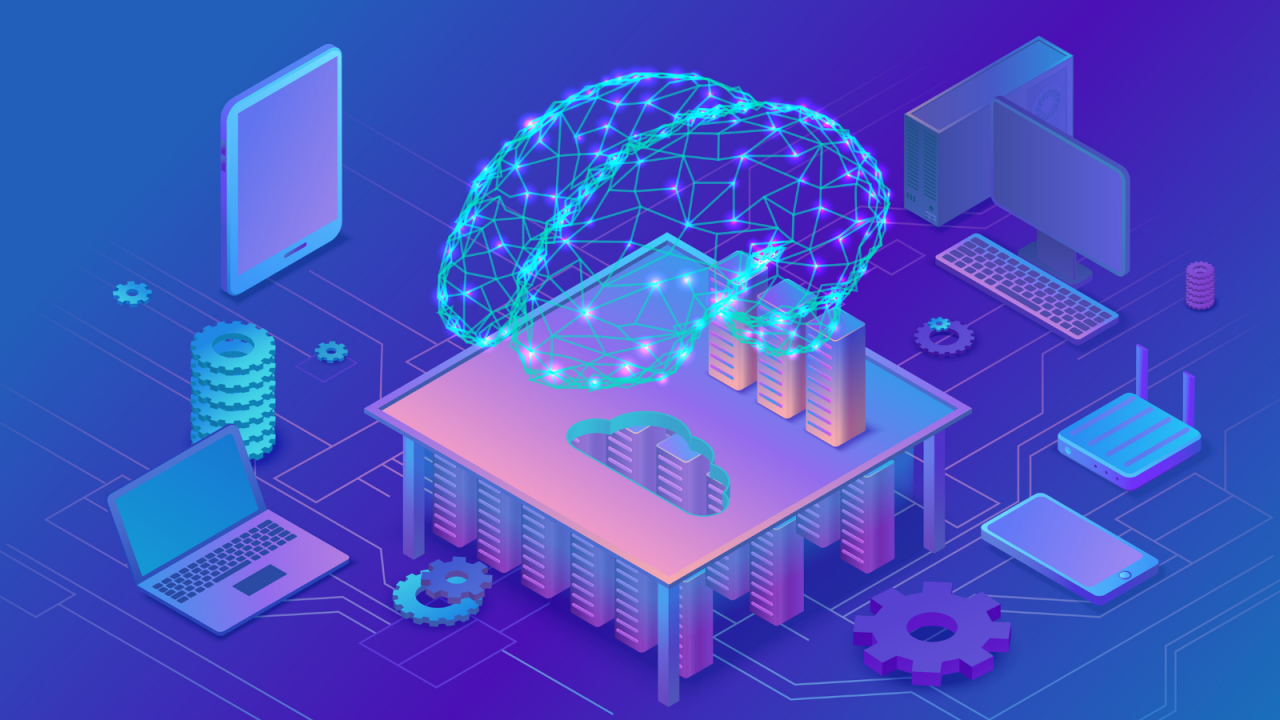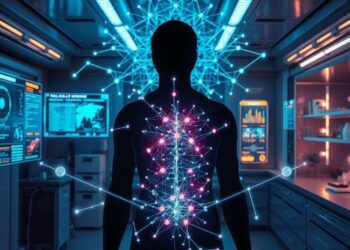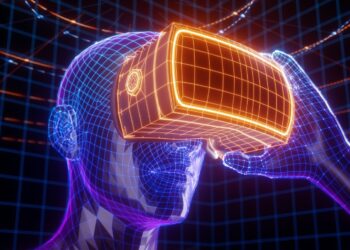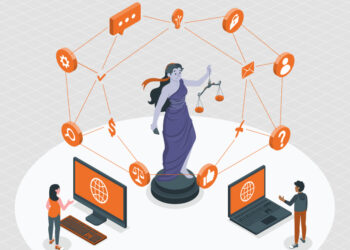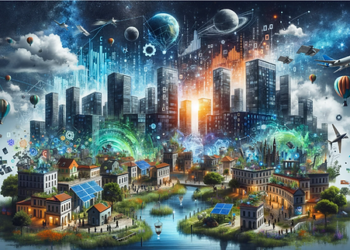Artificial Intelligence (AI) has rapidly evolved, with models like ChatGPT revolutionizing how we interact with technology. As we look beyond ChatGPT, the future of AI promises even more transformative advancements across various sectors. This article explores the emerging trends and innovations poised to redefine AI’s role in our lives and industries.
A. Emergence of Agentic AI
Agentic AI represents a shift from passive tools to proactive agents capable of autonomous decision-making and task execution.
1. Autonomous Decision-Making
Agentic AI systems can independently analyze data, make decisions, and perform tasks without human intervention, enhancing efficiency and productivity.
2. Personalized User Experiences
By understanding user preferences and behaviors, agentic AI can tailor interactions and services to individual needs, improving user satisfaction.
3. Integration Across Industries
From finance to healthcare, agentic AI is being integrated into various sectors, automating complex processes and enabling smarter operations.
B. Advancements in Multimodal AI
Multimodal AI combines different types of data inputs, such as text, images, and audio, to create more comprehensive and context-aware systems.
1. Enhanced Contextual Understanding
By processing multiple data modalities, AI systems can better understand context, leading to more accurate and relevant responses.
2. Improved Accessibility
Multimodal AI can facilitate better communication for individuals with disabilities, offering more inclusive technological solutions.
3. Applications in Creative Industries
In fields like design and entertainment, multimodal AI enables the creation of rich, interactive content by combining various media types.
C. Ethical and Responsible AI Development
As AI becomes more integrated into society, ensuring ethical practices and responsible development is paramount.
1. Transparency and Explainability
Developers are focusing on creating AI systems whose decision-making processes are transparent and understandable to users.
2. Bias Mitigation
Efforts are underway to identify and eliminate biases in AI algorithms, promoting fairness and equity in AI applications.
3. Regulatory Compliance
Adhering to legal and ethical standards ensures that AI development aligns with societal values and norms.
D. Integration of AI in Education
AI is transforming education by personalizing learning experiences and automating administrative tasks.
1. Adaptive Learning Platforms
AI-driven platforms can adjust content and pacing based on individual student performance, enhancing learning outcomes.
2. Automated Grading and Feedback
Educators can leverage AI to automate grading, providing timely and consistent feedback to students.
3. Enhanced Accessibility
AI tools can assist students with disabilities, offering customized support to facilitate learning.
E. AI in Healthcare Innovations
The healthcare sector is witnessing significant advancements through AI integration, improving patient care and operational efficiency.
1. Predictive Analytics
AI can analyze patient data to predict health trends and potential issues, enabling proactive interventions.
2. Personalized Treatment Plans
By considering individual patient data, AI can assist in creating tailored treatment plans, enhancing effectiveness.
3. Streamlined Administrative Processes
Automating administrative tasks reduces the burden on healthcare professionals, allowing more focus on patient care.
F. AI-Driven Environmental Solutions
AI is playing a crucial role in addressing environmental challenges by optimizing resource use and monitoring ecological changes.
1. Climate Modeling
AI enhances the accuracy of climate models, aiding in better understanding and mitigation of climate change impacts.
2. Resource Management
Through data analysis, AI can optimize the use of resources like water and energy, promoting sustainability.
3. Wildlife Conservation
AI technologies assist in monitoring wildlife populations and habitats, supporting conservation efforts.
G. Evolution of AI Hardware
Advancements in AI hardware are facilitating more efficient and powerful AI applications.
1. Specialized AI Chips
Development of AI-specific hardware accelerates processing capabilities, enabling more complex computations.
2. Energy Efficiency
Innovations aim to reduce the energy consumption of AI systems, addressing environmental concerns.
3. Edge Computing
Processing data closer to its source reduces latency and enhances real-time decision-making capabilities.
H. AI in Creative Arts
AI is increasingly contributing to creative processes, offering new tools and perspectives in the arts.
1. Generative Art
AI algorithms can create original artworks, expanding the boundaries of creativity.
2. Music Composition
AI assists in composing music, providing inspiration and new compositions for artists.
3. Literature and Writing
From drafting stories to editing, AI tools support writers in various aspects of the creative process.
I. AI in Business and Finance
Businesses are leveraging AI to optimize operations, enhance customer experiences, and drive innovation.
1. Customer Service Automation
AI-powered chatbots and virtual assistants provide efficient and personalized customer support.
2. Financial Analysis
AI analyzes vast datasets to identify trends and inform strategic financial decisions.
3. Supply Chain Optimization
Predictive analytics and automation streamline supply chain operations, reducing costs and improving efficiency.
J. Future Outlook and Challenges
While AI offers numerous benefits, it also presents challenges that need to be addressed to ensure its responsible and beneficial integration into society.
1. Data Privacy Concerns
Ensuring the privacy and security of data used by AI systems is critical to maintaining user trust.
2. Workforce Displacement
Automation may lead to job displacement; thus, strategies for workforce transition and upskilling are essential.
3. Continuous Learning and Adaptation
AI systems must be designed to adapt to new information and environments, ensuring long-term relevance and effectiveness.
Conclusion
The future of AI beyond ChatGPT is marked by rapid advancements and integration across various sectors. Embracing these innovations while addressing associated challenges will be key to harnessing AI’s full potential for societal benefit.



